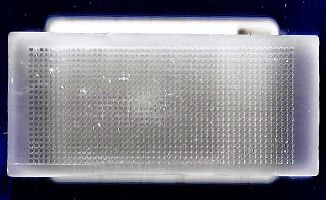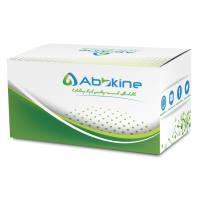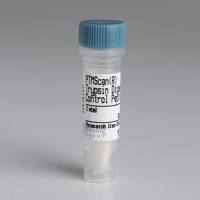In Situ Detection of MicroRNAs in Paraffin-Embedded, Formalin-Fixed Tissues: Different Methodologies and Co-localization with Possible Targets
互联网
互联网
相关产品推荐

高密度组织芯片蜡块模(high density paraffin block)
¥150

Formalin Pigment Scavenger(S0310)-500ml
¥220

通用型免疫(共)沉淀(IP/Co-IP)工具箱(磁珠/抗小鼠)
¥598

JC-1,47729-63-5,A cationic, fluorescent, carbocyanine dye that can be used as a ratiometric indicator of mitochondrial potential δΨm in cells, tissues, and isolated mitochondria.,阿拉丁
¥3987.90

Demyelinating Disease Targets Antibody Sampler Kit
¥500
相关问答

